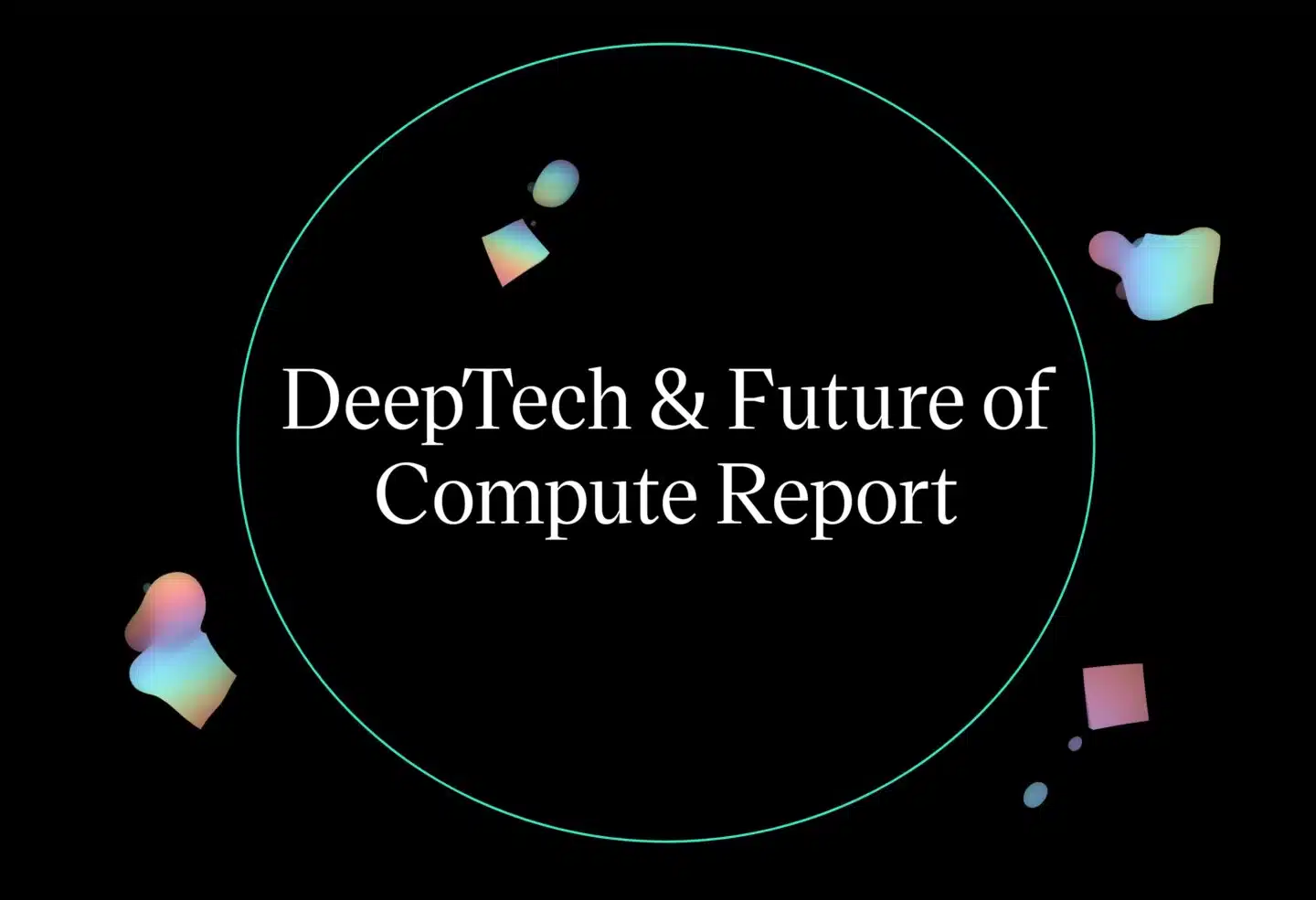Deeptech Mash: Episode 1
with David Grimm, Partner & Sebastian Hunte, Investor
In this fireside chat, AlbionVC’s electric duo Dave and Seb delve into key trends in deeptech, particularly in AI and hardware, and their implications for founders and investors.
Overview of the key themes this duo is excited about at the moment below, but for a spicier version watch full the conversation here:
What is no one else talking about in Deeptech?
Key AI trends and Novel AI applications
Seb distinguishes two significant branches of ‘Novel AI’:
- Out-of-Distribution Generalisation: Adaptive AIs that operate in changing environments, surpassing conventional, data-heavy training. This has potential applications in robotics and agent-based systems.
- Interdisciplinary AI Applications: Leveraging AI in biotech, materials science, and engineering. This requires strong collaboration between academia and industry, where AI supplements expertise rather than replaces it.
Hippocampus-inspired AI models
Seb is keen on “hippocampus-like” AI models that emulate human episodic memory, allowing systems to adapt dynamically using search-based memory retrieval, unlike traditional LLMs focused on pattern recognition. This approach suggests a shift toward models that can incorporate new information without exhaustive retraining.
Dave points out that while new models are appealing, re-engineering older models can yield comparable results, emphasising data quality and management over complex model architecture. This trend may benefit incumbents with vast data reserves. If you disagree with this conclusion, let Dave know!
Semiconductor revival
There’s renewed interest in hardware, particularly in semiconductor investments, driven by the demand for greater processing power. The UK’s semiconductor ecosystem, featuring companies like ARM, has strengths in areas such as photonics, which could be vital for supporting AI advancements.
Smaller, high-valuable tech teams on the rise
Advances in automation may enable “one-person decacorns”—billion-dollar companies operated by minimal staff. This trend could democratise entrepreneurial success, allowing smaller teams in regions like the UK to compete with Silicon Valley. Yet, Seb notes that the UK’s risk-averse incumbents might need to embrace new technologies more readily to fully capitalise on these opportunities.
MedTech and neurotechnology
Non-invasive neuromodulation holds promise for treating conditions like depression without surgery. While more futuristic concepts like Neuralink offer exciting prospects, Seb cautions that substantial hardware and battery limitations remain, limiting immediate applicability in areas like wearables and neurotechnology.
Quantum computing and future applications
Quantum computing is progressing steadily with players like IBM, especially in materials science applications. Quantum could initially impact crystalline structure modelling and gradually extend to complex simulations, such as drug interaction modelling. Dave sees AI and quantum as complementary for complex research, promising breakthroughs in areas like materials and drug discovery.
Both conclude that deeptech investments, though high-risk, align with the fundamental venture capital philosophy of taking calculated risks for transformative rewards, emphasising that deeptech, while challenging, presents a dual opportunity: addressing critical global issues and achieving substantial returns.

